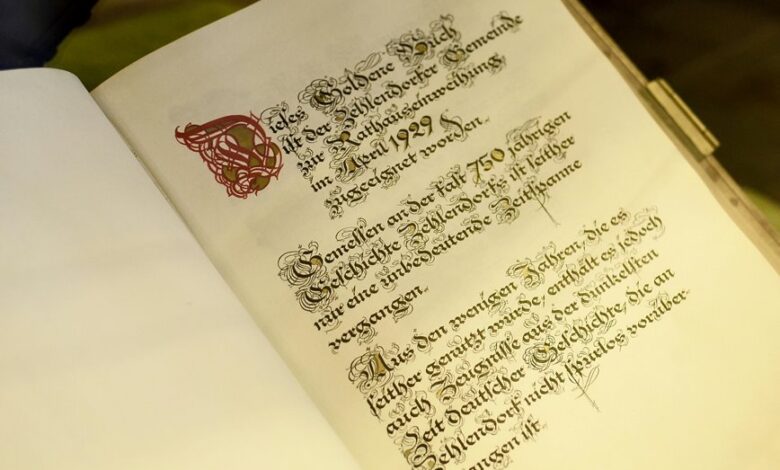What to Know About نودذاوي

نودذاوي represents a unique cultural phenomenon that intricately weaves together traditional elements and modern influences. Its artistic expressions and communal values highlight a collective resilience and deep-rooted heritage. As it gains traction in contemporary society, نودذاوي not only redefines cultural identity but also invites individuals to engage with their past in new ways. This evolving narrative raises questions about the balance between preserving tradition and embracing change. What implications does this have for future generations?
The Origins of نودذاوي
The origins of نودذاوي are steeped in a rich tapestry of cultural and historical influences that reflect the complexities of its development.
Its cultural significance lies in the way it intertwines various traditions and practices, showcasing a historical evolution marked by adaptation and resilience.
This dynamic interplay of heritage and innovation has fostered a unique identity, appealing to those who cherish freedom and expression.
Key Characteristics of نودذاوي
While exploring نودذاوي, one encounters a distinctive blend of artistic expression, communal values, and adaptability that defines its essence.
Its cultural significance is deeply rooted in traditional practices, reflecting a harmonious relationship between the community and its heritage.
This vibrant tapestry not only showcases creativity but also fosters unity, allowing individuals to celebrate their identity while embracing change within the evolving cultural landscape.
نودذاوي in Modern Communities
Modern communities increasingly embrace نودذاوي as a dynamic expression of cultural identity that reflects both tradition and contemporary values.
Its cultural significance is evident in diverse settings, where contemporary practices intertwine with historical roots.
This fusion not only fosters community cohesion but also empowers individuals to explore their heritage, promoting a sense of belonging while adapting to the modern world's evolving landscape.
Conclusion
In conclusion, نودذاوي emerges not merely as a cultural phenomenon but as a living testament to the interplay between tradition and modernity. While some theorists argue it risks diluting heritage, evidence suggests it instead revitalizes communal bonds, allowing for adaptive expressions of identity. This ongoing dialogue between past and present underscores نودذاوي's role as a catalyst for unity, inviting individuals to engage deeply with their roots while navigating the complexities of contemporary life.







